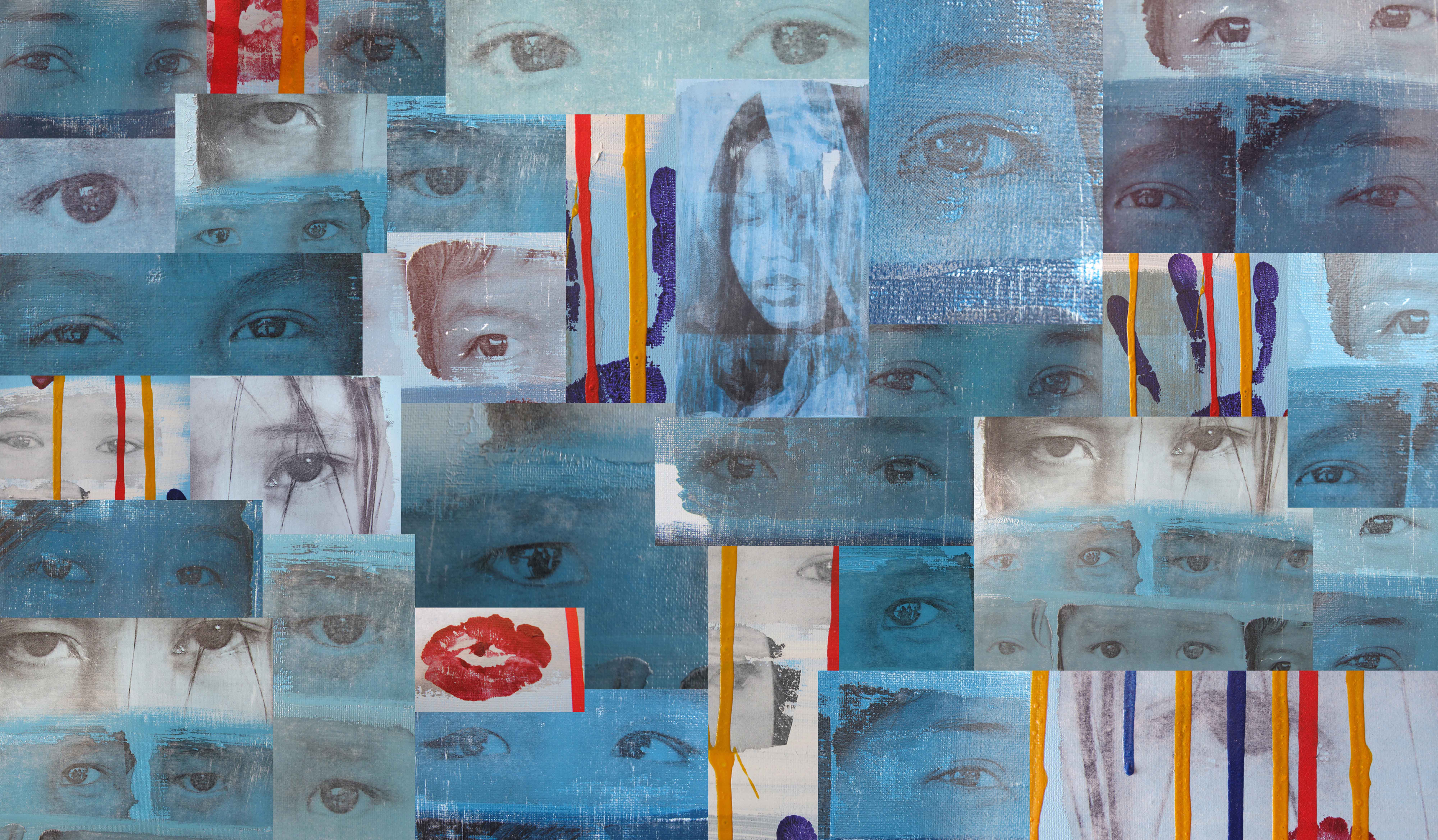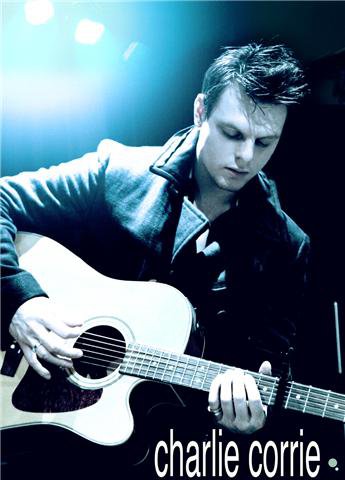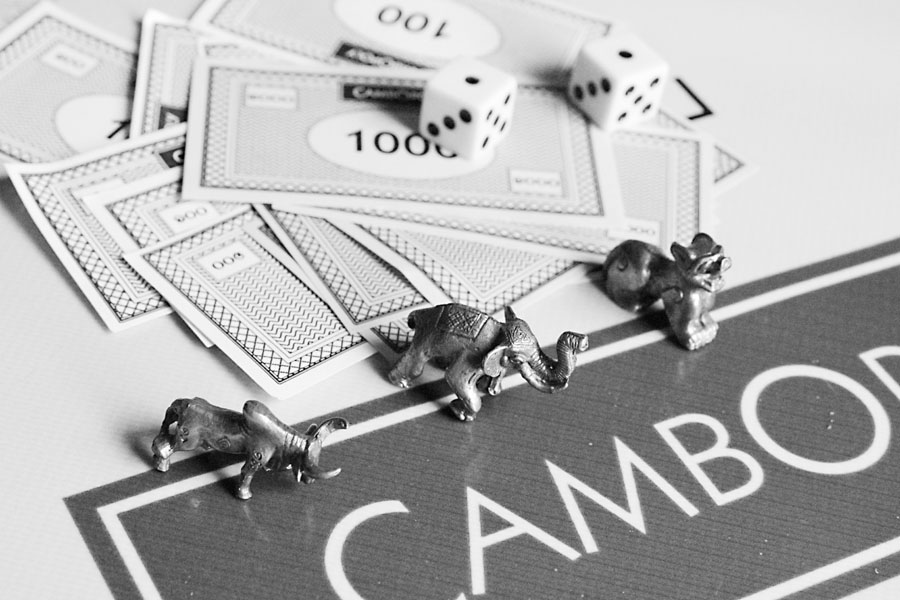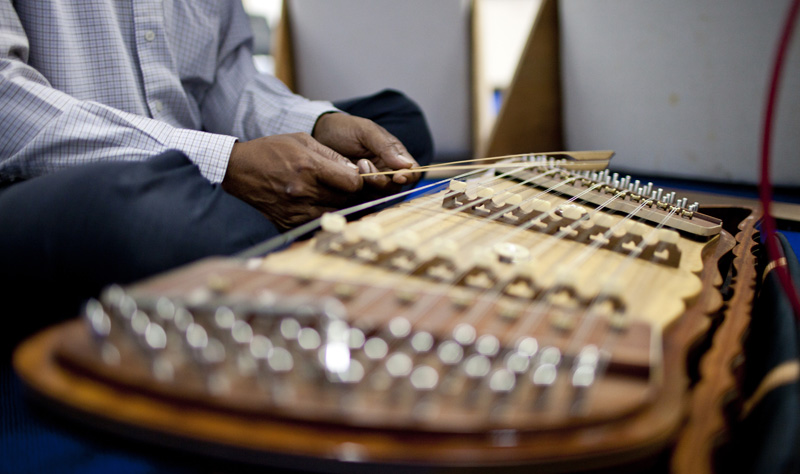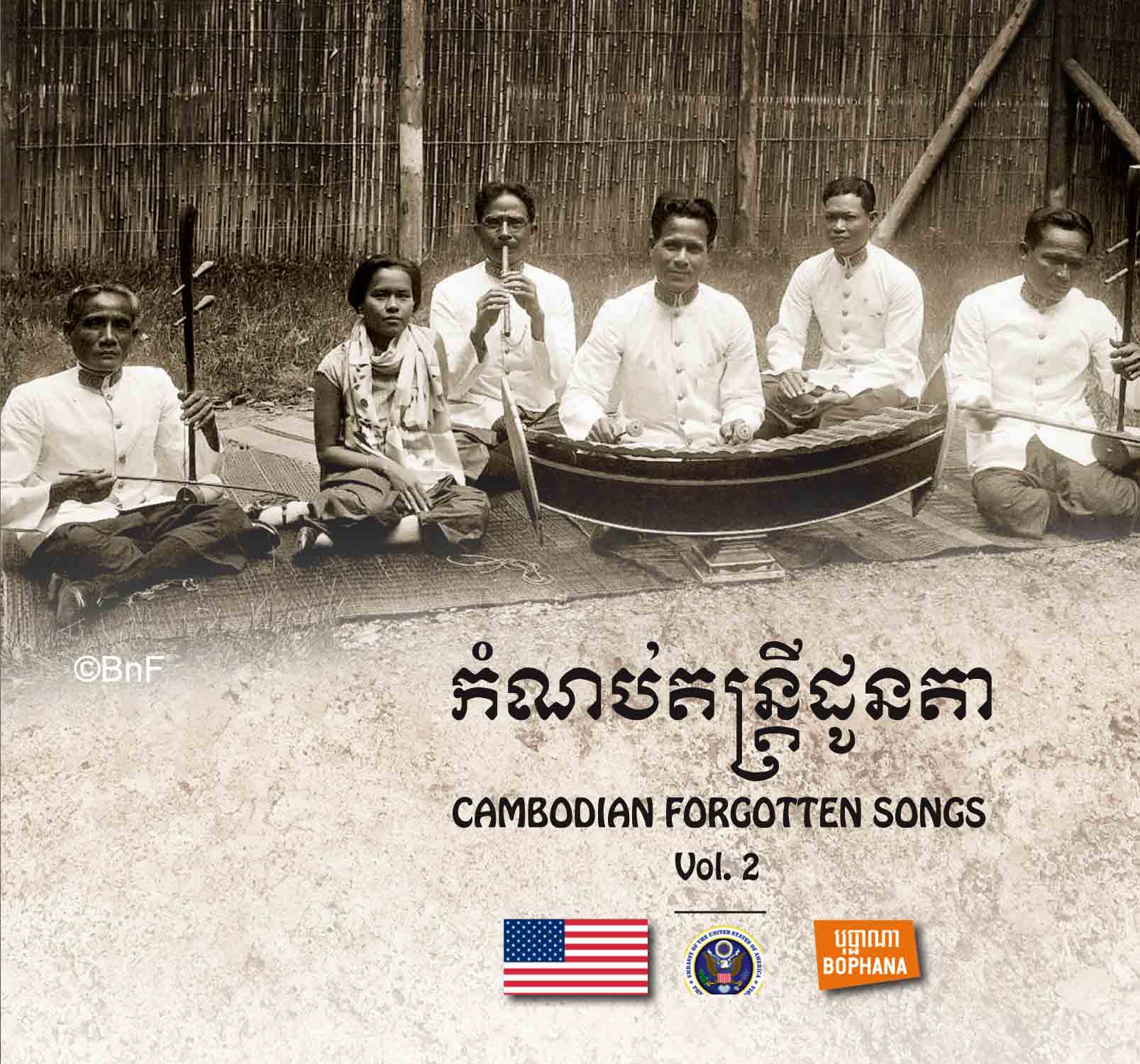Poet, writer, photographer, drawer, painter, performer. She is all in one, is 56-year-old Belgian Bernadette Vincent, and she uses all of her talents to create her art. Now, for the first time, she is poised to share that work with the public: “This exhibition – Once… – is a kaleidoscope of emotions,” she says.
When Bernadette talks about her art, her face lights up. “I am so passionate about this! Two years ago I suddenly realised that people liked what I make. I was asked to participate in the Mask project, during which different artists made a piece of art out of the same mask. Through a silent auction for charity my mask got sold for $575. I remember sitting in front of my computer, looking at my screen and seeing the bids going up and up. That gave me the boost of confidence I needed.”
Her artwork is a composition of different forms: photography, painting, drawings, poems. “I find it difficult to tell my stories through only one medium, so most of my paintings are layered artworks with a mixture of media and textures.” Layered artworks? “Layers of photos; photos of painting or drawings; photos of photo transfer collages on canvas: I choose the technique that fits the feeling I want to show. My pieces are always ‘in progress’: I don’t know how to get to the end until I get there. It is the same with cooking: you have to keep seasoning until you find the perfect combination of flavours.”
Bernadette insists she may not be the best photographer: “As a street photographer, I don’t have any rules. Some pictures are too dark or too light, but it’s not my goal to make perfect pictures. I want to show feelings, so I mainly I photograph people who don’t pose! And people’s eyes, because they show people’s soul. That is why they repeatedly come back in my work. I am not a storyteller, I am a teller of stories.”
Stories are based on her emotions, from her past as an abused child to her present life in Cambodia and everything in between. “My art is personal: it is the story of my lifetime, but at the same time it is universal. Through my work as a volunteer photographer for an NGO here, I’ve seen and heard a lot of stories that inspired me. I feel a connection between the Cambodian stories and mine.”
The story continues with the opening of Once… “This site-specific performance in the staircase of Feel Good Cafe will be a travel through my artwork, through a lot of different media. A combination of everything I love: dance, poems, paintings, music. Two performers, one dancer and a musician lead the visitors alongside my artworks from the dance studio upstairs to the ground floor… It will be 50% structured and 50% improvised, so even for the performance there will be an element of surprise.”
WHO: Poet, writer, painter, dancer and performer Bernadette Vincent
WHAT: Once… performance & exhibition
WHERE: Feel Good Café, #79 Street 136
WHEN: From 7pm November 12 to December 5
WHY: “Once… is a kaleidoscope of emotions” – Bernadette Vincent
